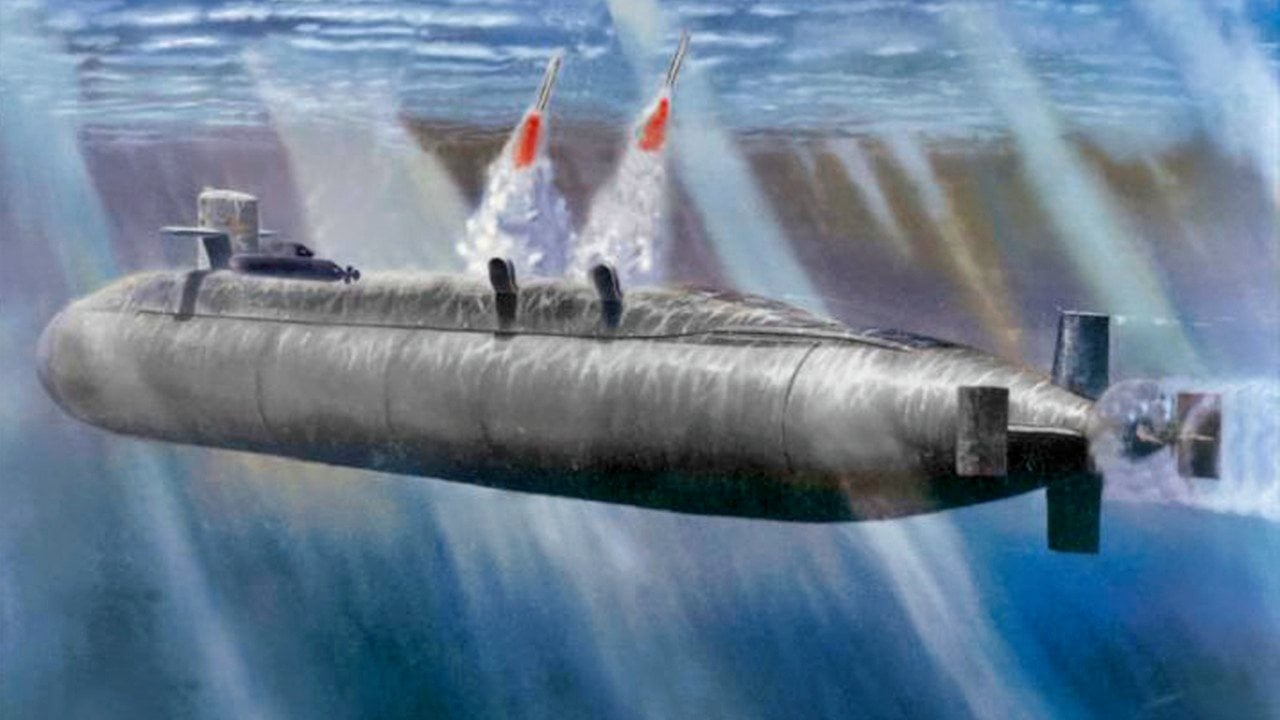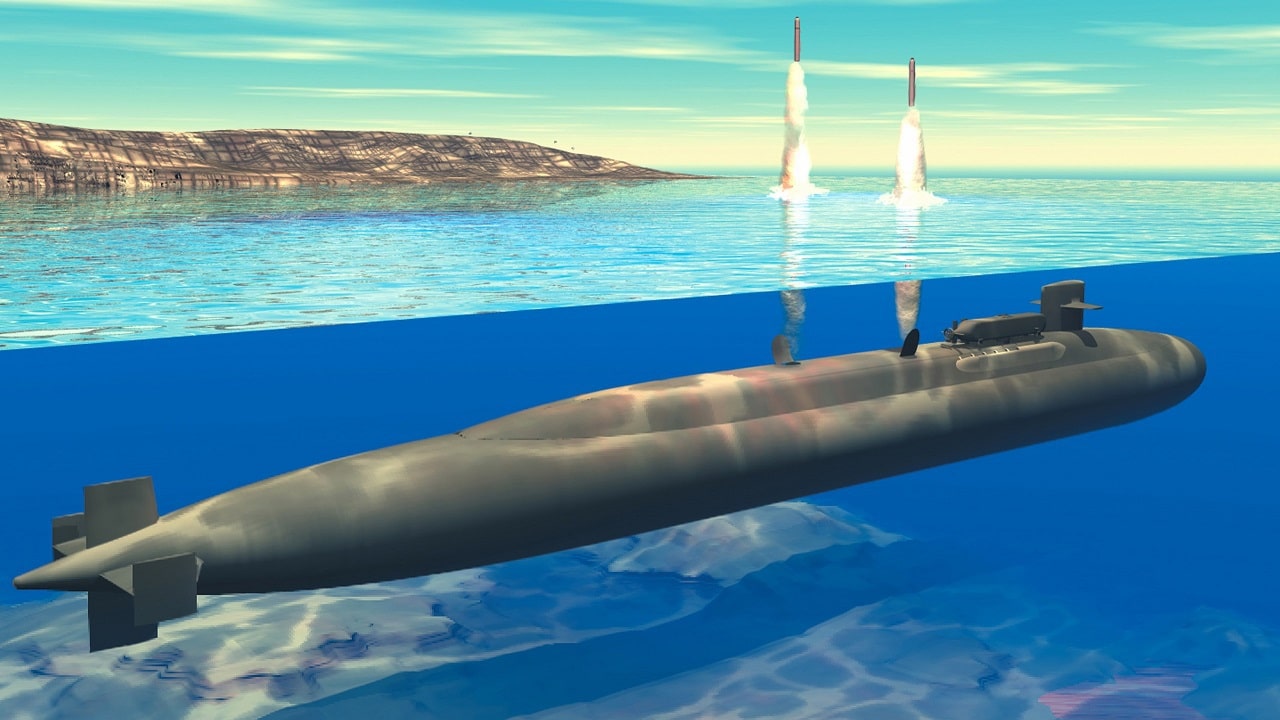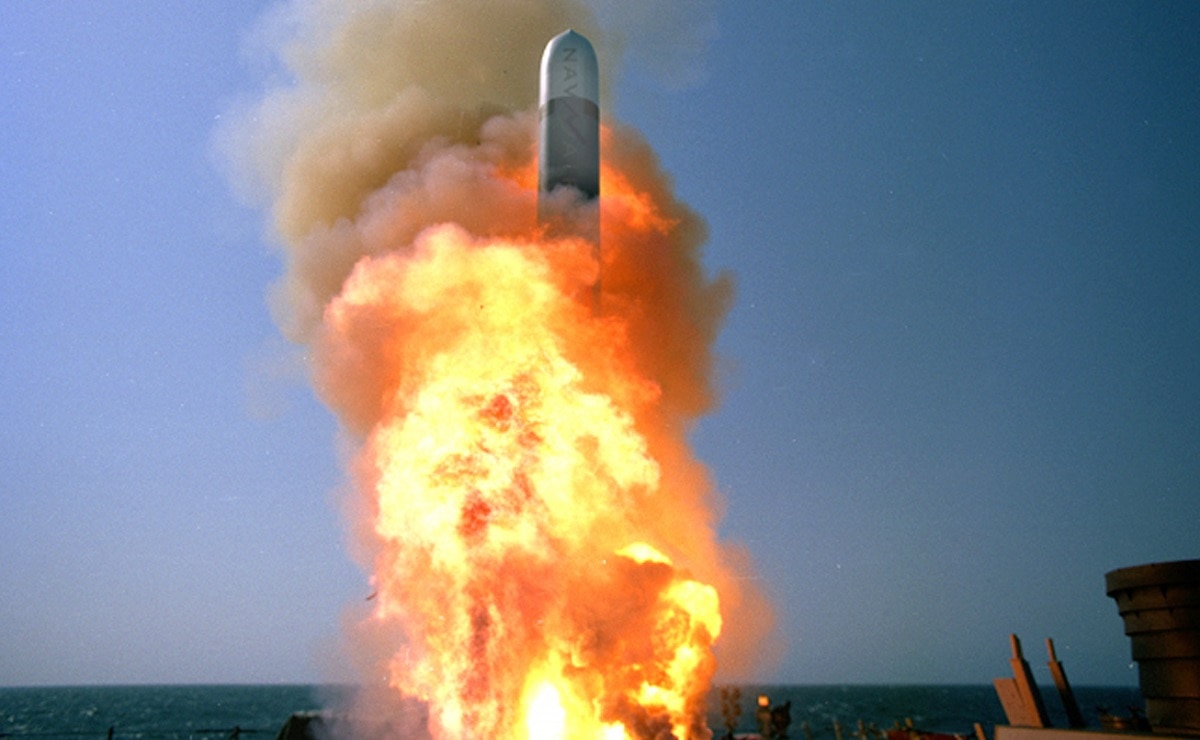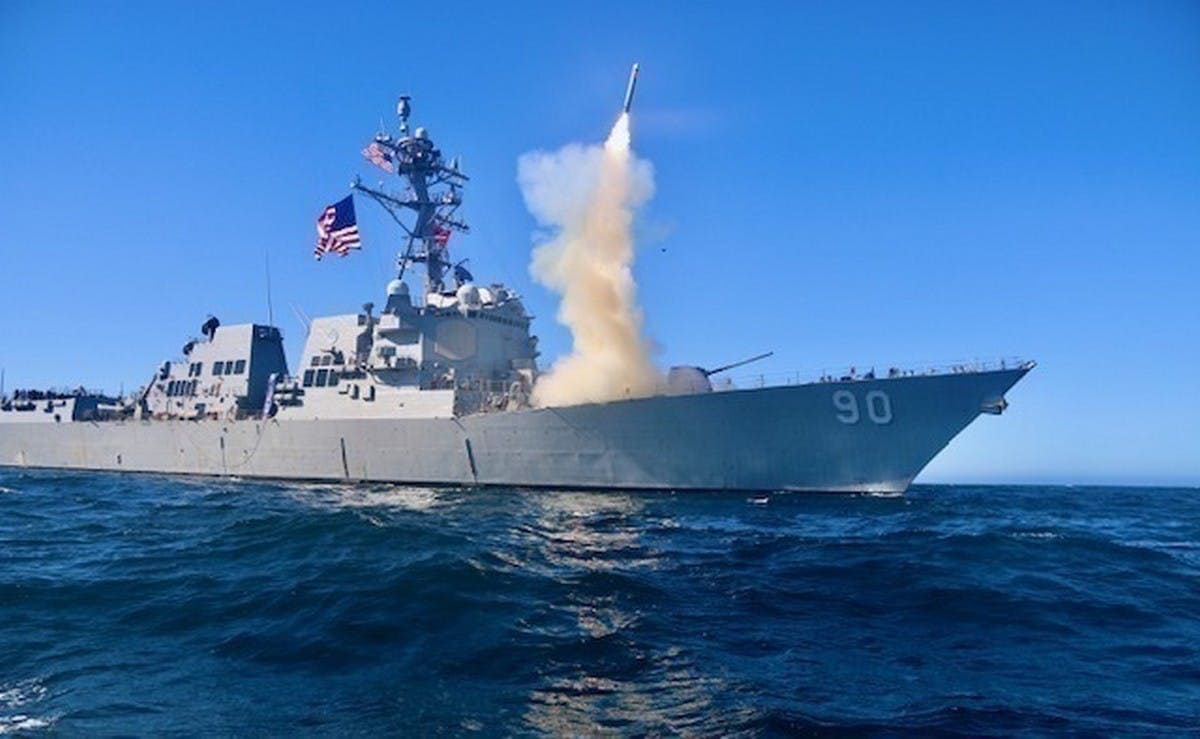There is a large number of U.S. weapon systems and platforms that have defied expectations. New technologies have been used to extend the service of these tools decades beyond what was initially anticipated.
Platforms introduced during the 1980s such as the F-15E fighter jet, the Abrams tank, and the Patriot missile have become almost entirely new weapons systems over the course of the years through a wide-ranging series of upgrades.
In the case of the Patriot, what began as a rudimentary SCUD-killing interceptor in the first Gulf War has evolved into a system that can now simultaneously track and destroy maneuvering cruise missiles with precision targeting.
Today’s Abrams tank may have a similar chassis or frame, to some extent, as the tank that first debuted in the 1980s, but these are almost completely different vehicles.
Today’s Abrams now has 3rd-Generation FLIR (Forward Looking InfraRed) sensors, an ammunition data link, active protection, AI-enabled sensing and computing, and a new generation of 120-mm rounds.
The 1980s-era F-15 now flies with advanced Active Electronically Scanned Array (AESA) radar, as well as a cutting-edge computer processor that is able to complete 87 billion functions per second.
Tomahawk Missiles Secret Weapon: Upgrades
Consider also the famous Tomahawk missile. The weapon has been central to U.S. Navy attack schemes for decades, and it has often been the first weapon used in an opening salvo during a military campaign against an adversary.
Introduced in the 1980s and first used in the first Gulf War, the Tomahawk missile was initially intended to attack fixed sites and infrastructure such as command-and-control headquarters buildings, troop locations, or weapons storage facilities.
The ability of the Tomahawk missile to carry out these attacks has endured for decades, and when used in this capacity the weapon can travel for up to 900 miles, at speeds as fast as 550 miles per hour.
Tomahawk missiles also proved effective in Iraq, Afghanistan, Libya, and Syria, and the weapon has been consistently upgraded to maintain its relevance.
Block IV Tomahawk missiles, which emerged in 2006, introduced previously unseen technical capabilities. The missile is built with a two-way data link that allows the weapon to send back information, and to change targets or update its course in-flight.
The Block IV weapons were able to be pre-programmed with up to 15 potential targets, and adjusted as needed in the event new information arrives or circumstances change
. The weapon could loiter above targets, conduct battle-damage assessments, and function with a drone-like Intelligence, Surveillance, and Reconnaissance capacity to transmit combat-relevant data while in flight.
Tactical Tomahawk
Since the introduction of the Block IV, Tomahawk missiles have been further modified to hit moving targets, a massive breakthrough attack capability made possible by using advanced radio-throughput.
The guidance systems and sensors built into the weapon are able to respond quickly to new and changing information and to adjust course as needed to track and destroy moving targets. This means the Tomahawk is no longer purely intended for use against fixed targets on land, but it can also destroy moving ships at sea.
This upgrade ensures the Tomahawk will remain relevant for years into the future, given its range and versatility.
The Tomahawk has also been integrated with a new, more explosive, fragmenting Joint Multi-Effects Warhead System (JMEWS) enabling a wider range of blast effect possibilities on the target.

Puget Sound Naval Shipyard, Wash. (Aug. 14, 2003) — Illustration of USS Ohio (SSGN 726) which is undergoing a conversion from a Ballistic Missile Submarine (SSBN) to a Guided Missile Submarine (SSGN) designation. Ohio has been out of service since Oct. 29, 2002 for conversion to SSGN at Puget Sound Naval Shipyard. Four Ohio-class strategic missile submarines, USS Ohio (SSBN 726), USS Michigan (SSBN 727) USS Florida (SSBN 728), and USS Georgia (SSBN 729) have been selected for transformation into a new platform, designated SSGN. The SSGNs will have the capability to support and launch up to 154 Tomahawk missiles, a significant increase in capacity compared to other platforms. The 22 missile tubes also will provide the capability to carry other payloads, such as unmanned underwater vehicles (UUVs), unmanned aerial vehicles (UAVs) and Special Forces equipment. This new platform will also have the capability to carry and support more than 66 Navy SEALs (Sea, Air and Land) and insert them clandestinely into potential conflict areas. U.S. Navy illustration. (RELEASED)

Artist’s concept of an Ohio-class SSGN launching Tomahawk Land Attack Missiles.

At sea aboard USS Stethem (DDG 63) Ð A Tactical Tomahawk Cruise Missile launches from the guided missile destroyer USS Stethem (DDG 63) during a live-warhead test. The missile traveled 760 nautical miles to successfully impact itÕs intended target on San Clemente Island, part of the Naval Air Systems Command (NAVAIR) test range in Southern California. The Tactical Tomahawk is the next generation of Tomahawk cruise missile, adds the capability to reprogram the missile while in-flight to strike any of 15 preprogrammed alternate targets, or redirect the missile to any Global Positioning System (GPS) target coordinates. It also will be able to loiter over a target area for some hours, and with its on-board TV camera, will allow the war fighting commanders to assess battle damage of the target, and, if necessary redirect the missile to any other target. Launched from the Navy’s forward-deployed ships and submarines, Tactical Tomahawk will provide a greater flexibility to the on-scene commander. Tactical Tomahawk is scheduled to join the fleet in 2004. U.S. Navy photo. (RELEASED)

Tomahawk Missile. Image: Creative Commons.
These upgrades, and the continued successful use of Tomahawks in combat, would suggest that the weapon has remained relevant, effective, and viable well beyond what its creators might have expected in the 1980s.
Much like the F-15, the Abrams tank, and the Patriot missile, the Tomahawk has kept pace with changes in technology and has maintained a high degree of strategic and tactical relevance—for years beyond what was initially planned.
It may not be clear just how much longer the Tomahawk will operate, given the arrival of higher-speed weapons and paradigm-changing technologies such as hypersonic missiles.
There will still be a critical role for the Tomahawk to perform, yet it will likely be supplemented by newer, faster, and more technologically advanced weapons, such as the U.S. Navy’s Conventional Prompt Strike hypersonic missile, which is slated to arrive by 2028.
About the Author: Kris Osborn
Kris Osborn is the Military Technology Editor of 19FortyFive and President of Warrior Maven – Center for Military Modernization. Osborn previously served at the Pentagon as a highly qualified expert in the Office of the Assistant Secretary of the Army—Acquisition, Logistics & Technology. Osborn has also worked as an anchor and on-air military specialist at national TV networks. He has appeared as a guest military expert on Fox News, MSNBC, The Military Channel, and The History Channel. He also has a Masters Degree in Comparative Literature from Columbia University.

